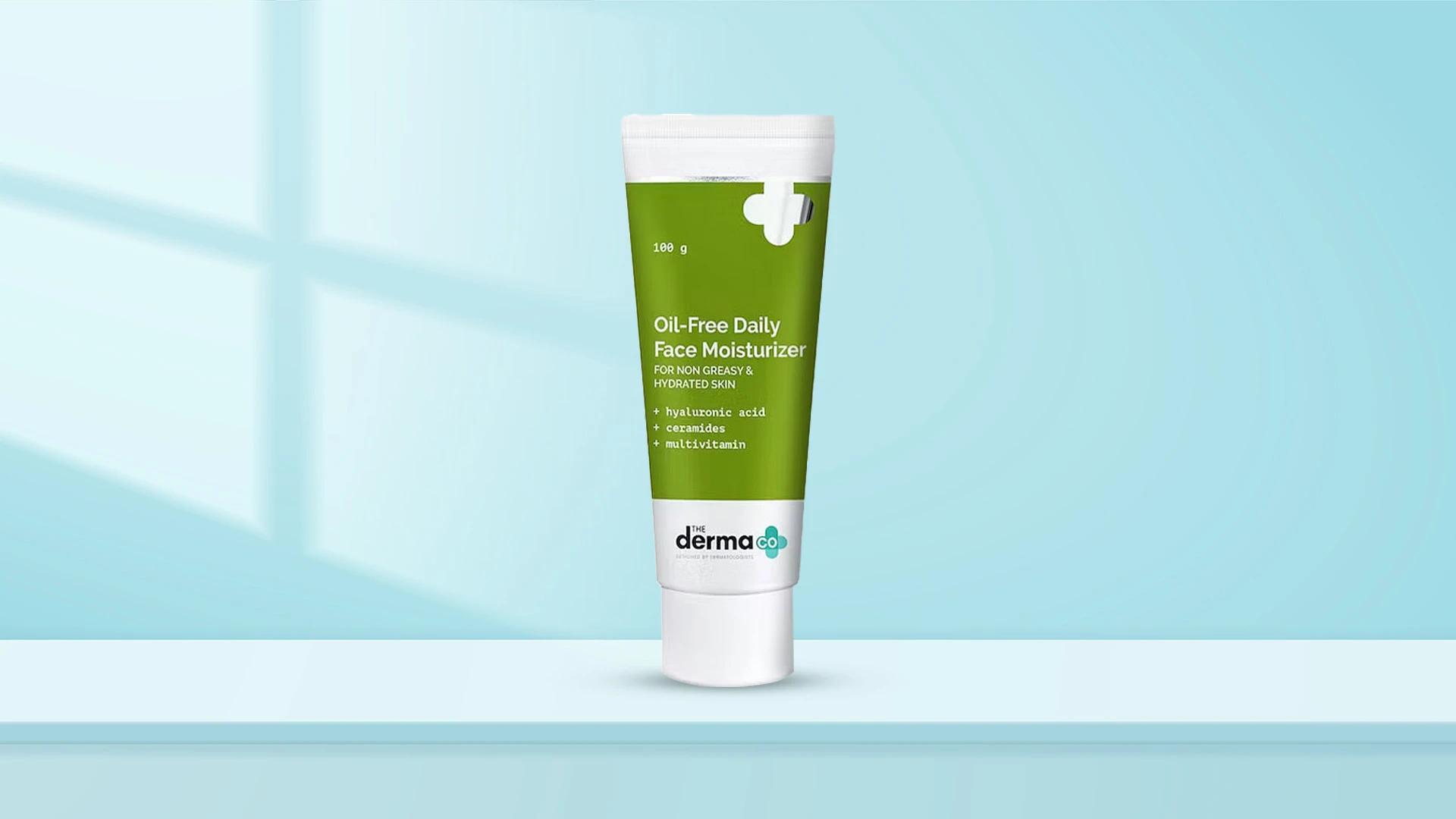Can combination skin use normal skin products?
While you *can* use products designed for normal skin, you'll get better results with formulas specifically created for combination skin. These products are designed to address the unique needs of having both oily and dry areas on the same face.
How often should you moisturise combination skin?
Twice daily—morning and evening—is the sweet spot for most people with combination skin. However, if your skin feels comfortable, you might be able to use a lighter application in the morning and a more nourishing one at night.
Is hyaluronic acid good for combination skin?
Absolutely! Hyaluronic acid is perfect for combination skin because it provides hydration without adding oil or weight. It works by drawing moisture from the environment to your skin, making it ideal for both oily and dry areas.
What makes combination skin worse?
Over-cleansing, using products that are too harsh, or trying to treat oily and dry areas with completely different products can make combination skin worse. Consistency with gentle, balanced products usually works better than extreme approaches.
Are gel moisturisers better for combination skin?
Gel moisturisers can work well for combination skin because they're typically lightweight and oil-free. However, they might not provide enough hydration for your drier areas, so you might need to layer or choose a hybrid gel-cream formula.
Final Thoughts
Finding the right moisturiser for combination skin doesn't have to be a endless trial-and-error process. This 10-step checklist gives you a clear roadmap to navigate through all the options and find what actually works for your unique skin needs. Remember, the best moisturiser for combination skin is one that makes your entire face feel comfortable and balanced—not just parts of it.
Your skin is unique, and what works for your friend might not work for you. Take your time with this process, listen to your skin, and don't be afraid to adjust your routine as your needs change. The perfect **balanced skin moisturiser** is out there waiting for you—now you've got the tools to find it.

 200ml
200ml Combo
Combo Combo
Combo 50 gm
50 gm